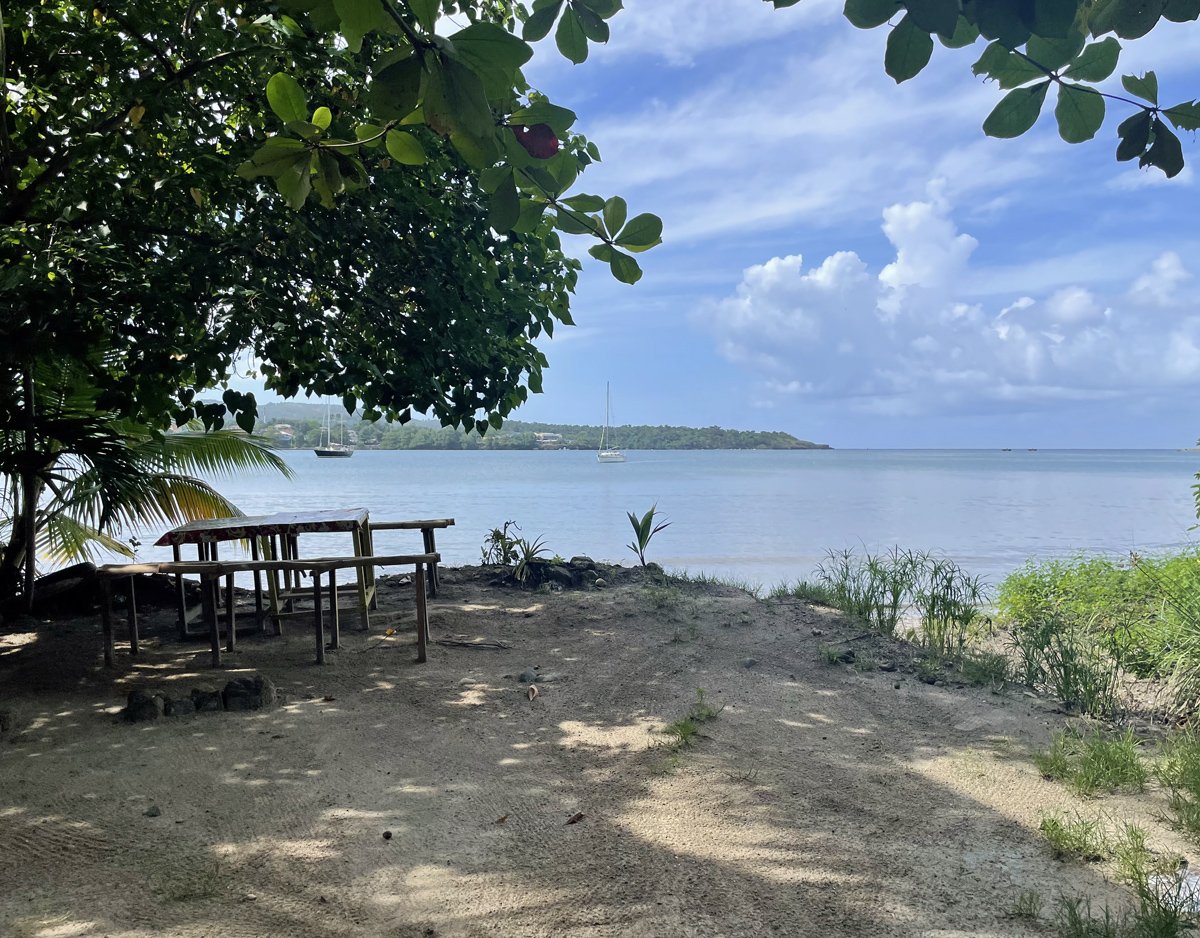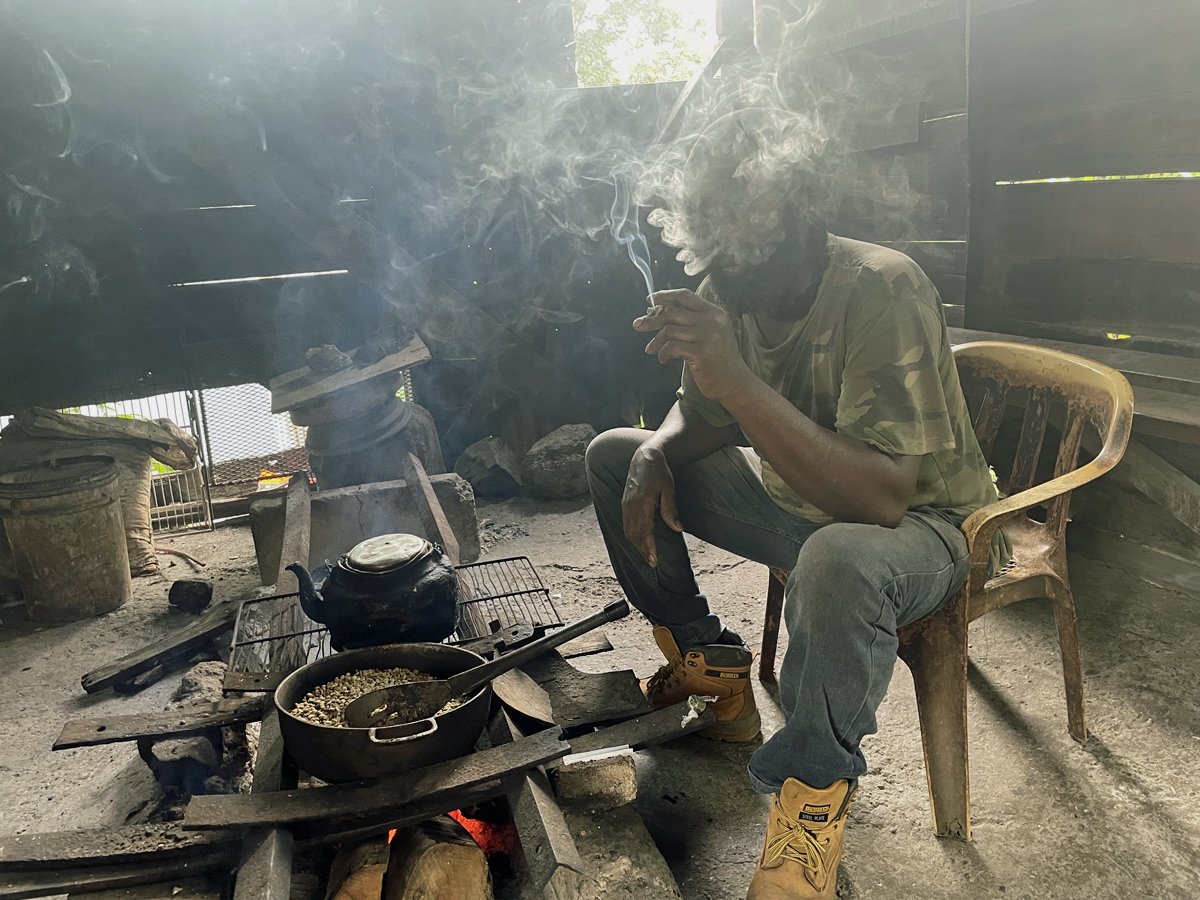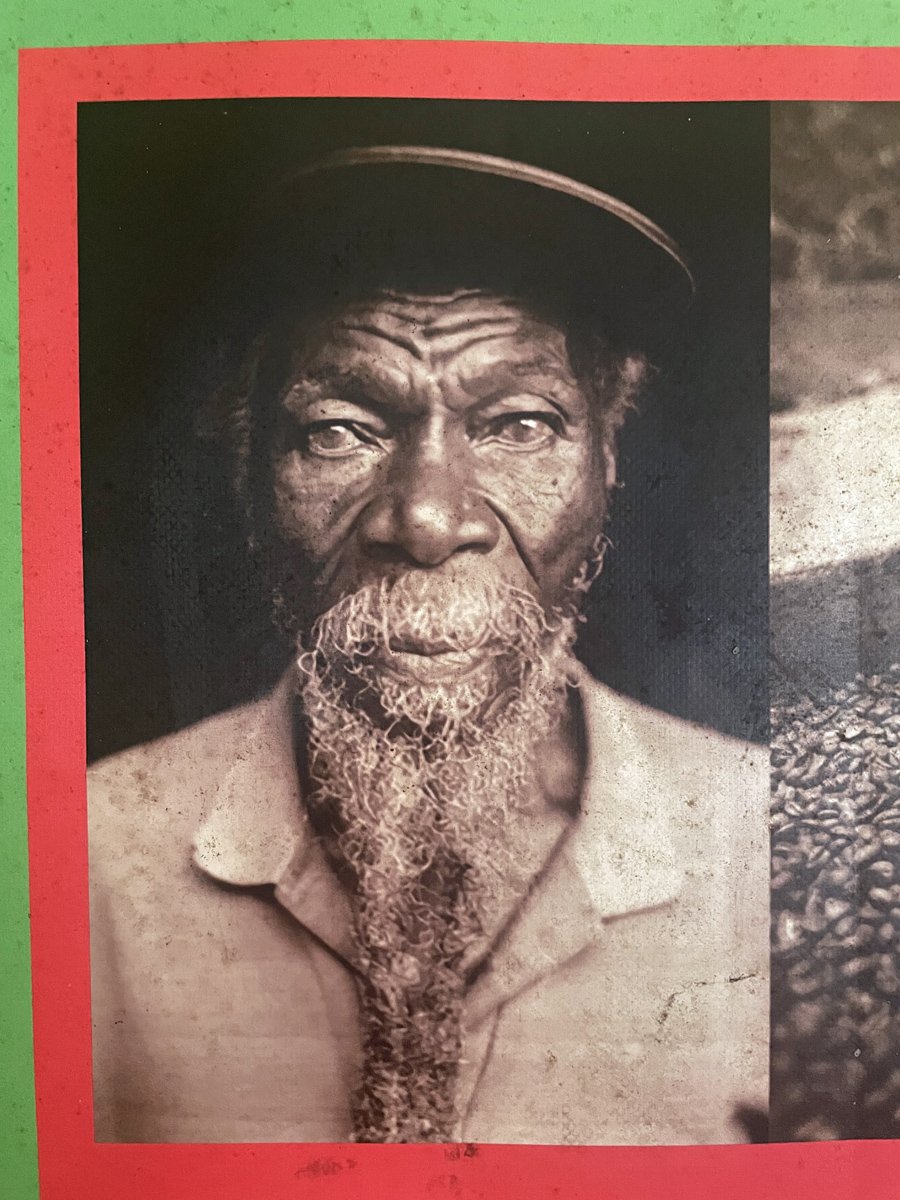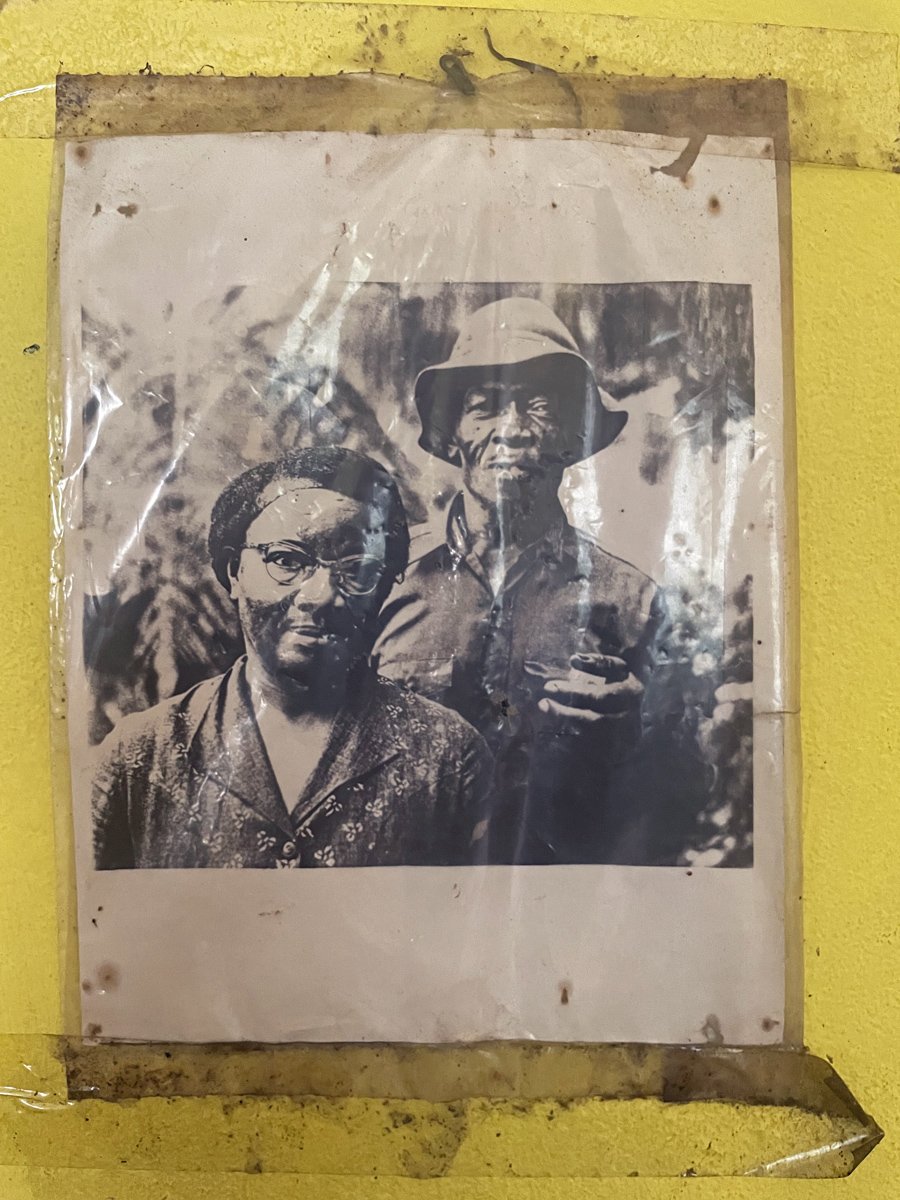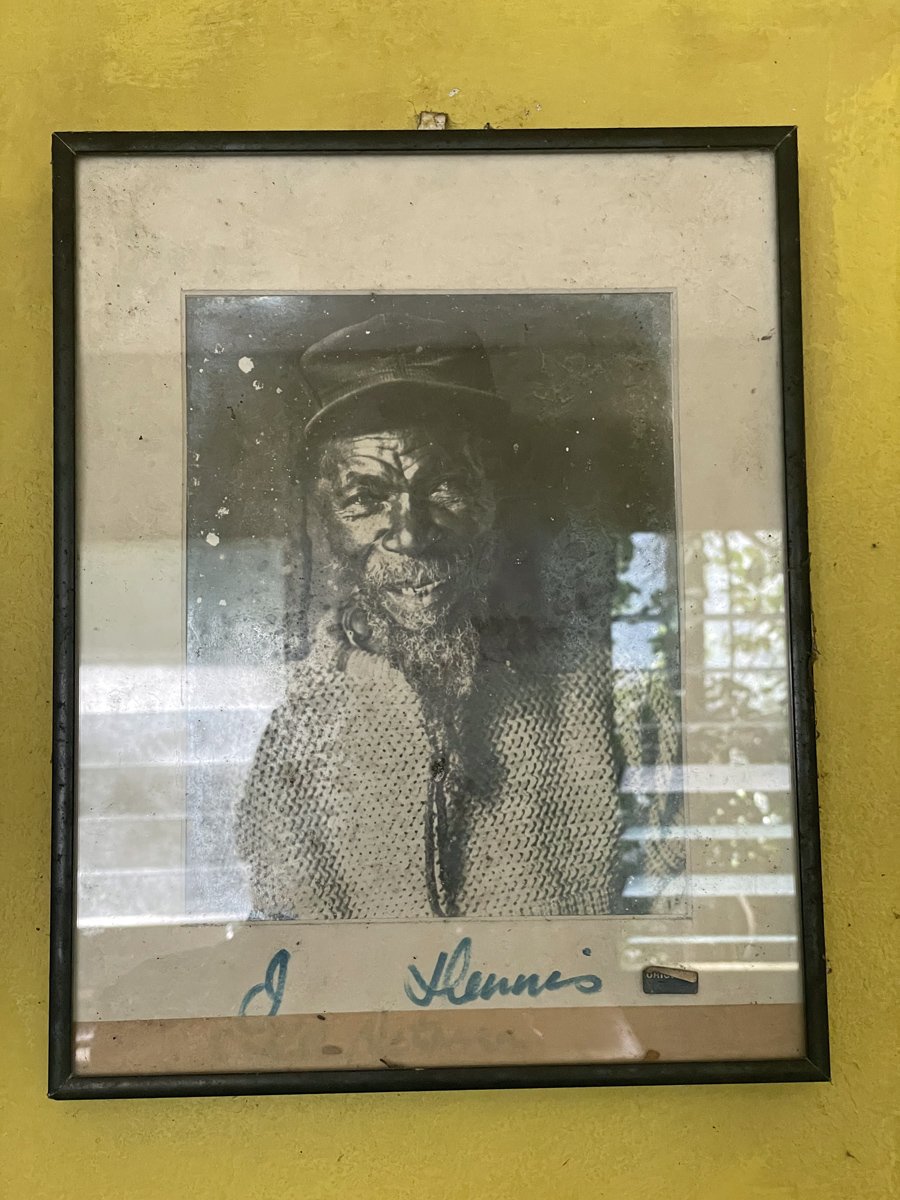Potential Tropical Cyclone 22
I hadn’t paid too much attention to the dates before my flight back home when I discovered I had one extra night in Jamaica. I thought about staying in Portland for one more night but luckily I decided to spent the extra night in Morant Bay, about one hour from the my last hotel near the airport. I didn’t know it yet, but this saved me from getting stuck in Portland or Saint Thomas Parish after the main road washed away due to 48 hours of relentless rain in the days before potential tropical cyclone 22 hit Jamaica. I expected strong winds but it was just raining and raining.
Want to ready my Jamaica journey in chronological order? Start here.
“Spending Thursday night trapped between floodwaters in her vehicle in Golden Grove, St Thomas, with her four year old child, was not something Tiffany Sobah anticipated”
Morant Bay
It was just too wet to walk around Morant Bay comfortably. The town is engraved into the minds of Jamaicans because of the Morant Bay rebellion in 1865 led by Baptist deacon and activist Paul Bogle. The formerly enslaved population was suffering from an economic crisis and received few civil or religious freedoms. The rebellion is well documented. It resulted in the hanging of Paul Bogle. He is now considered a National Hero. Jamaican dancer Gerald Levy adopted the artist name Bogle to honour Paul Bogle. The name now lives on as Bogle dance, a dance choreographed by Levy in 1991.
The attack on the cout house, St Thomas in the East, Jamaica by William Heysham Overend.
I arrived way too early at my last hotel on Friday. The owner couldn’t remotely open the gate and door for me because of a power cut. There was no electricity and she was living in Kingston. I had to wait until 4 pm for the cleaning lady to arrive. So I waited for almost four hours next to the road in the pouring rain. There wasn't even a bar. Luckily a liquor store was open so I could order some Red Stripe beer, watch the trucks go by and say hello to the people walking past me. Only on Saturday, my final day in Jamaica, the sky cleared.
A short postscript. Looking back to my two-week journey it struck me that Jamaica is a very unique place on this earth. Its people are very creative, something I learned from the Jamaican music I listened to in the past thirty years. But the creativity also spills over in the living language, patois, and the resilience people show when earning a living. Which left-hand drive mountainous country in the world would import those big right-hand drive USA rigs made for the wide and open American highways? Only in Jamaica. No boy cyan make we run left Jamaica.
































